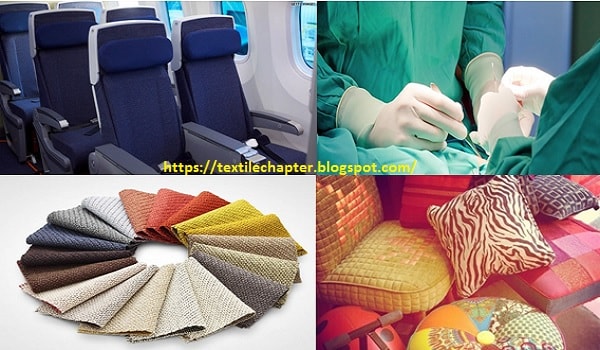Scope of Technical Textiles in Different Sector:
Technical textiles have brought significant changes in the modern technology. It contributes not only in textile sector but also medical, civil and others engineering sector. Thought technical textiles have attracted considerable attention but the uses of fiber, yarn, fabric for different applications other than clothing and furnishing is not a new phenomenon.
Branches and Application of Technical Textiles:
There are mainly twelve applications of technical textiles which are listed in the below:
- Transport Textiles,
- Medical and Hygiene Textiles,
- Industrial Products and Components,
- Agriculture, Horticulture and Fishing,
- Home Textiles,
- Clothing Components,
- Packaging and Containment,
- Construction – Building and Roofing,
- Geotextiles in Civil Engineering,
- Sport and Leisure,
- Protective and Safety Clothing or Textiles,
- Ecological Protection Textiles.
All the above key applications have explained in the following:
1. Transport Textiles:
Transport applications such as cars, lorries, buses, trains, ships and aerospace represent the biggest single using area for technical textiles which is accounting for some 20% of the total. Products range from carpeting and seating through tire, belt and hose reinforcement, safety belts and air bags, to composite reinforcements for automotive bodies, wings and engine components, civil and military aircraft bodies and many other uses.
 |
2. Medical and Hygiene Textiles:
Medical and hygiene textiles used as babies’ diapers (nappies), wipes, and adult sanitary and incontinence products. With the possible exception of the last of these, all are relatively mature markets whose volume growth has peaked. Manufacturers and converters now seek to improve them further by adding value to increasingly sophisticated products. It should be noted here that, nonwovens dominate these applications which account for over 23% of all nonwoven use, the largest proportion of any of the twelve major markets for technical textiles.
Medical and hygiene textiles used as babies’ diapers (nappies), wipes, and adult sanitary and incontinence products. With the possible exception of the last of these, all are relatively mature markets whose volume growth has peaked. Manufacturers and converters now seek to improve them further by adding value to increasingly sophisticated products. It should be noted here that, nonwovens dominate these applications which account for over 23% of all nonwoven use, the largest proportion of any of the twelve major markets for technical textiles.
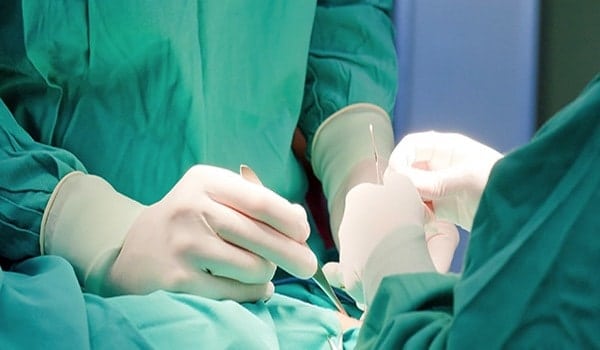 |
3. Industrial Products and Components:
Industrial products and components include filters, conveyor belts and abrasive belts as well as reinforcements for printed circuit boards, seals and gaskets, and others industrial equipment.
Industrial products and components include filters, conveyor belts and abrasive belts as well as reinforcements for printed circuit boards, seals and gaskets, and others industrial equipment.
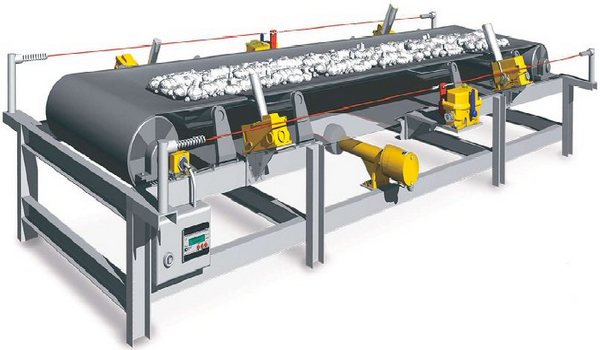 |
4. Agriculture, Horticulture and Fishing:
Technical textiles are used extensively during the production of food. It also used in the fishing industry as nets, ropes and lines. Technical textiles are used in agriculture and horticulture for a variety of covering, protection and containment applications.
Technical textiles are used extensively during the production of food. It also used in the fishing industry as nets, ropes and lines. Technical textiles are used in agriculture and horticulture for a variety of covering, protection and containment applications.
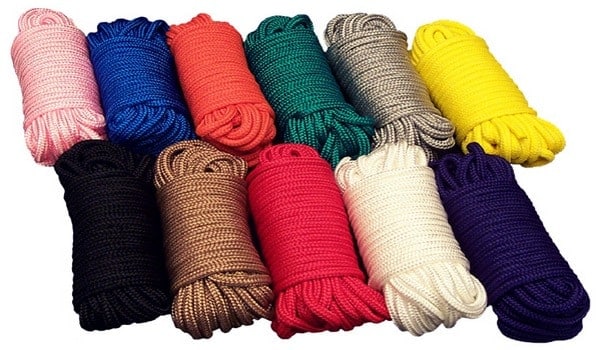 |
|
|
5. Home Textiles:
Hollow fibers with excellent insulating characteristics are vastly used in bedding and sleeping bags. The other types of fiber are increasingly being used to replace foams in furniture due to concern over the fire and health hazards posed by such types of materials. Over 35% of the total weight of fibers and textiles in that category lies in the field of home textiles or household textiles and furnishing and especially in the use of loose fibers in wadding applications.
Hollow fibers with excellent insulating characteristics are vastly used in bedding and sleeping bags. The other types of fiber are increasingly being used to replace foams in furniture due to concern over the fire and health hazards posed by such types of materials. Over 35% of the total weight of fibers and textiles in that category lies in the field of home textiles or household textiles and furnishing and especially in the use of loose fibers in wadding applications.
 |
|
|
6. Clothing Components:
In textile and apparel industry, clothing components includes fiber, yarn and textiles which are used as technical components during apparel manufacturing. Those clothing components are sewing threads, wadding and interlinings and insulation. It should be noted here that, clothing component does not include the main outer and lining fabrics of apparel, nor does it cover protective apparel or clothing.
In textile and apparel industry, clothing components includes fiber, yarn and textiles which are used as technical components during apparel manufacturing. Those clothing components are sewing threads, wadding and interlinings and insulation. It should be noted here that, clothing component does not include the main outer and lining fabrics of apparel, nor does it cover protective apparel or clothing.
 |
|
|
7. Packaging and Containment:
There are some key uses of technical textiles as packaging and containment such as manufacturing of sacks and bags, traditionally from cotton, flax and jute but increasingly from polypropylene. In the modern packaging market especially in the food industry, lighter weight nonwovens and knitted structures for a variety of wrapping and protection applications. On the other hand, tea and coffee bags use wet laid nonwovens. Besides these, vegetables, meats and fruits are now frequently packed with a nonwoven insert to absorb liquids, whereas fruits and vegetable products are supplied in knit or knitted net packaging.
There are some key uses of technical textiles as packaging and containment such as manufacturing of sacks and bags, traditionally from cotton, flax and jute but increasingly from polypropylene. In the modern packaging market especially in the food industry, lighter weight nonwovens and knitted structures for a variety of wrapping and protection applications. On the other hand, tea and coffee bags use wet laid nonwovens. Besides these, vegetables, meats and fruits are now frequently packed with a nonwoven insert to absorb liquids, whereas fruits and vegetable products are supplied in knit or knitted net packaging.
 |
|
|
8. Construction – Building and Roofing:
During the construction of buildings, both temporary and permanent bridges, tunnels and roads, textiles are employed in so many ways. It is a closely related but distinct area of use is in geotextiles by the civil engineering sector. Its matter of great pleasure that, nonwoven glass and polyester fabrics are already vastly used in roofing applications, whereas the other textiles are used as breathable membranes to prevent moisture penetration of walls. In building and equipment insulation fibers and textiles plays a major role.
During the construction of buildings, both temporary and permanent bridges, tunnels and roads, textiles are employed in so many ways. It is a closely related but distinct area of use is in geotextiles by the civil engineering sector. Its matter of great pleasure that, nonwoven glass and polyester fabrics are already vastly used in roofing applications, whereas the other textiles are used as breathable membranes to prevent moisture penetration of walls. In building and equipment insulation fibers and textiles plays a major role.
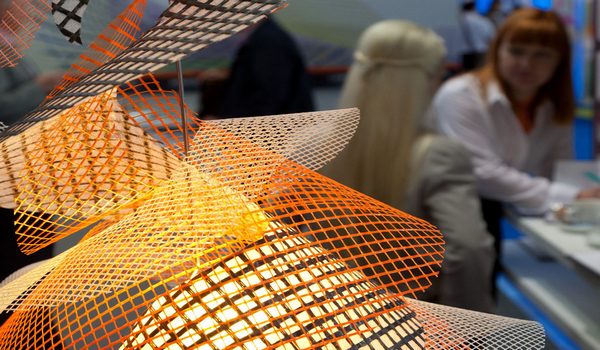 |
|
|
9. Geotextiles in Civil Engineering:
Geotextiles are used especially in civil engineering as technical textiles. The environmental and economic benefits of using geotextiles are already well proven in to separate, drain and filter. Geotextiles allow the road cuttings, building of railway and embankments with steeper sides.
Geotextiles are used especially in civil engineering as technical textiles. The environmental and economic benefits of using geotextiles are already well proven in to separate, drain and filter. Geotextiles allow the road cuttings, building of railway and embankments with steeper sides.
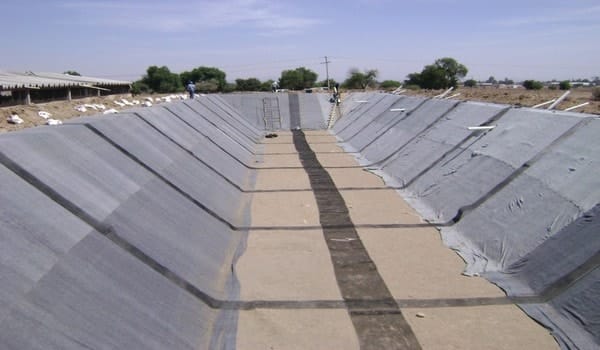 |
|
|
10. Sport and Leisure:
There are great opportunities for the uses of technical textiles in sports and leisure market as performance clothing and footwear. The others highly visible uses of technical textiles as sports and leisure are parachute, balloon fabrics and para-glide fabrics and sailcloth.
There are great opportunities for the uses of technical textiles in sports and leisure market as performance clothing and footwear. The others highly visible uses of technical textiles as sports and leisure are parachute, balloon fabrics and para-glide fabrics and sailcloth.
 |
|
|
11. Protective and Safety Clothing or Textiles:
Technical textiles play an important role for producing protective & safety clothing. The variety of protective functions that needs to be provided by various textile products is diverse and considerable. These types of textiles includes protection against ballistic, cuts, abrasion and other types of severe impact which includes fire and extreme heat, stab wounds and explosions, hazardous dust and particles, biological, nuclear and chemical hazards, high voltages and static electricity, foul weather, extreme cold and poor visibility.
Technical textiles play an important role for producing protective & safety clothing. The variety of protective functions that needs to be provided by various textile products is diverse and considerable. These types of textiles includes protection against ballistic, cuts, abrasion and other types of severe impact which includes fire and extreme heat, stab wounds and explosions, hazardous dust and particles, biological, nuclear and chemical hazards, high voltages and static electricity, foul weather, extreme cold and poor visibility.
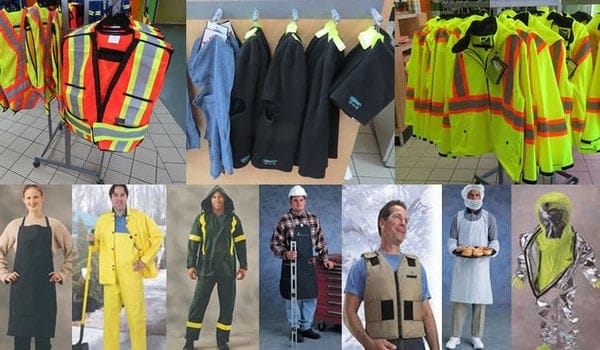 |
12. Ecological Protection Textiles:
These types of technical textiles are used for the protection of the environment and ecology. Though this type of technical textile overlaps with several other areas such as industrial textiles, geotextiles and agricultural textiles but it’s not a well defined segment yet.
These types of technical textiles are used for the protection of the environment and ecology. Though this type of technical textile overlaps with several other areas such as industrial textiles, geotextiles and agricultural textiles but it’s not a well defined segment yet.
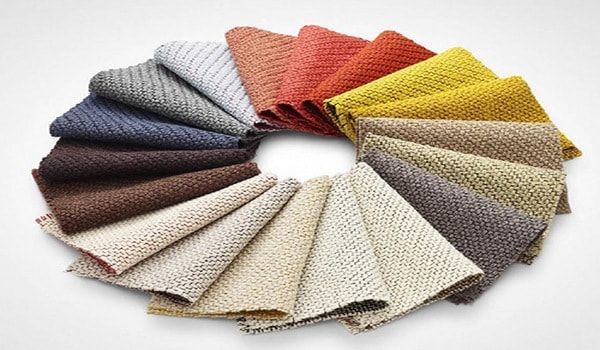 |










